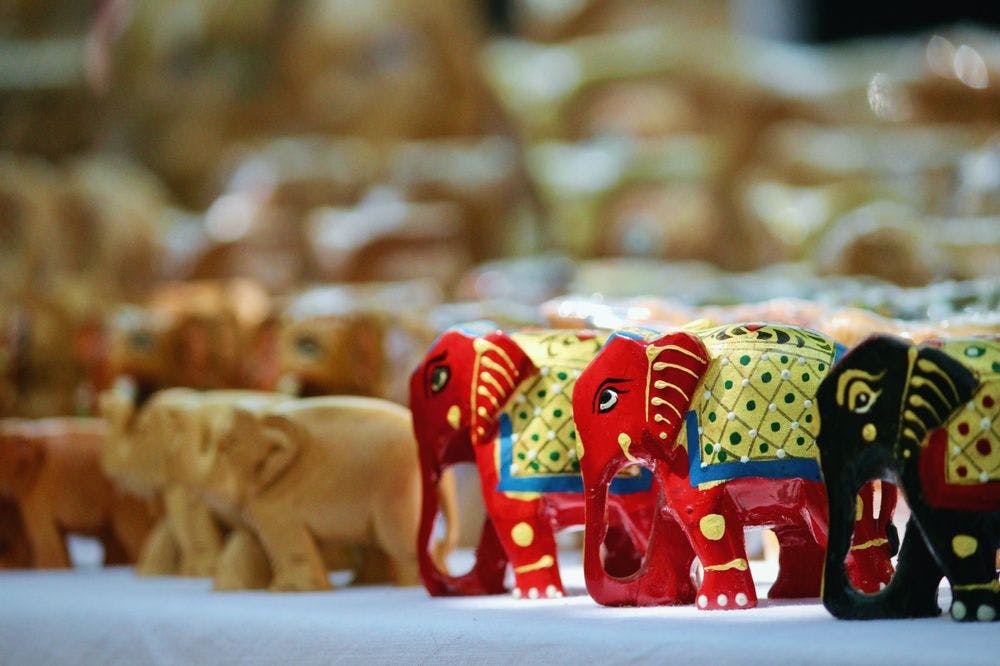Student Projects
Projects help children to develop a sense of autonomy, allowing them to take initiative and take ownership of their learning.

Projects help children to develop a sense of autonomy, allowing them to take initiative and take ownership of their learning. Moreover, children will have the opportunity to practice their problem solving, organizational, and critical thinking skills. A hands-on approach to learning encourages creativity and collaboration – two essential traits to have in our fast-paced world.
Student projects in school play a crucial role in the development of children's autonomy, allowing them to take initiative and ownership of their learning process. Through hands-on experience, children have the opportunity to practice and enhance their problem solving, organizational, and critical thinking skills. This approach to learning not only encourages creativity and collaboration, but also helps to prepare students for the fast-paced world they will face as adults.
By providing opportunities for students to develop and complete projects, schools can help shape confident, capable and proactive individuals who will be able to face any challenge in their future. Encouraging students to develop and complete projects during their primary school years will shape them into confident adults capable of facing any challenge.
Furthermore, student projects give students the opportunity to pursue their interests and passions, allowing them to discover new things about themselves, and develop new skills. It's a way to help students to be more independent, more responsible and more self-motivated. It's also an opportunity for students to work in teams, to communicate their ideas, to present their results and to receive feedback.
All these activities are essential for the development of social skills, communication skills and critical thinking.
Few project ideas we encourage our pupil to think around
Create a plant habitat: Have students pick a type of plant and research its natural habitat. Then, have them create a model of the habitat using recycled materials or a shoebox.
Design a new playground: Have students draw a plan for a new playground, including different play structures and equipment. They can also create a budget and list the materials needed to build the playground.
Make a class cookbook: Have students bring in a recipe from home, and then create a class cookbook with all of the recipes. They can illustrate the cookbook and bind it together to create a finished product.
Conduct a science experiment: Have students choose a science topic that interests them and design a simple experiment to test a hypothesis. They can write a report on their experiment and present their findings to the class.
Create a class newspaper: Have students write articles, create illustrations, and design a layout for a class newspaper. They can cover a variety of topics, such as current events, school news, and profiles of their classmates.
Build a model of a human body: Have students research the different systems of the human body and create a model using recycled materials or a poster board. They can also create labels to identify the different parts of the body.
Write a play: Have students come up with a story idea and then write a play based on the story. They can then perform the play for the class or for a larger audience.
Create a time capsule: Have students bring in items that represent their interests and personality, and then create a time capsule to be opened at a later date. They can also write letters to their future selves to be included in the capsule.
Design a dream bedroom: Have students draw a plan for their dream bedroom, including a layout, furniture, and decor. They can also create a budget and list the materials needed to create the bedroom.
Make a class quilt: Have students create squares for a class quilt, either by drawing or by using fabric. They can then sew the squares together to create the quilt.
Plant a garden: Have students pick a type of plant and research how to care for it. Then, have them plant and care for the plant in a small garden area.
Create a sensory bin: Have students choose a theme, such as the beach or the forest, and fill a bin with materials that relate to the theme. They can include items such as sand, shells, rocks, and small toys.
Make a class mural: Have students work together to create a mural on a large piece of paper or a wall. They can use a variety of materials, such as paint, markers, and collage materials.
Write and illustrate a children's book: Have students come up with a story idea and then write and illustrate a children's book. They can then read the book to the class or to a younger group of students.
